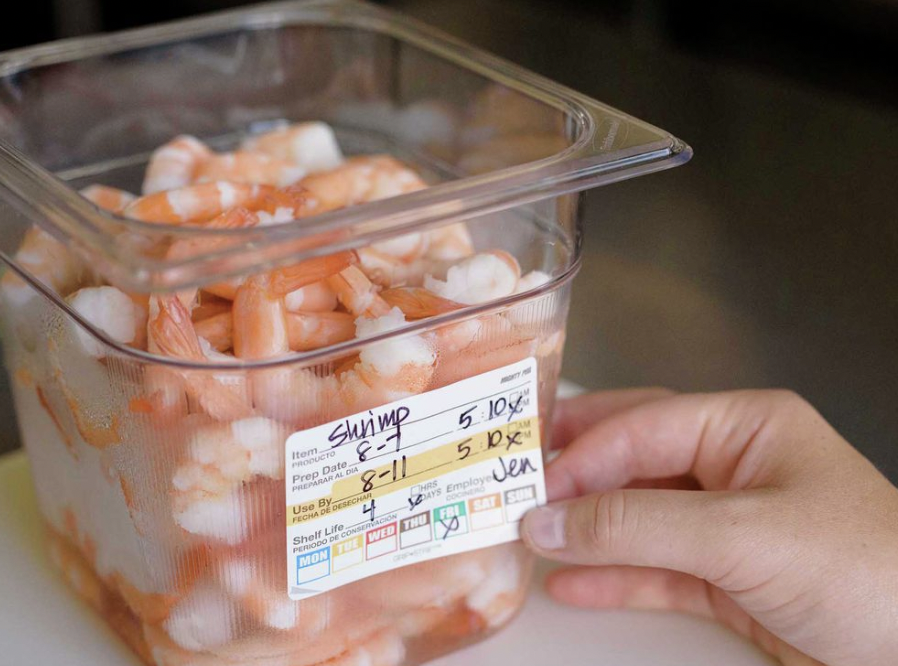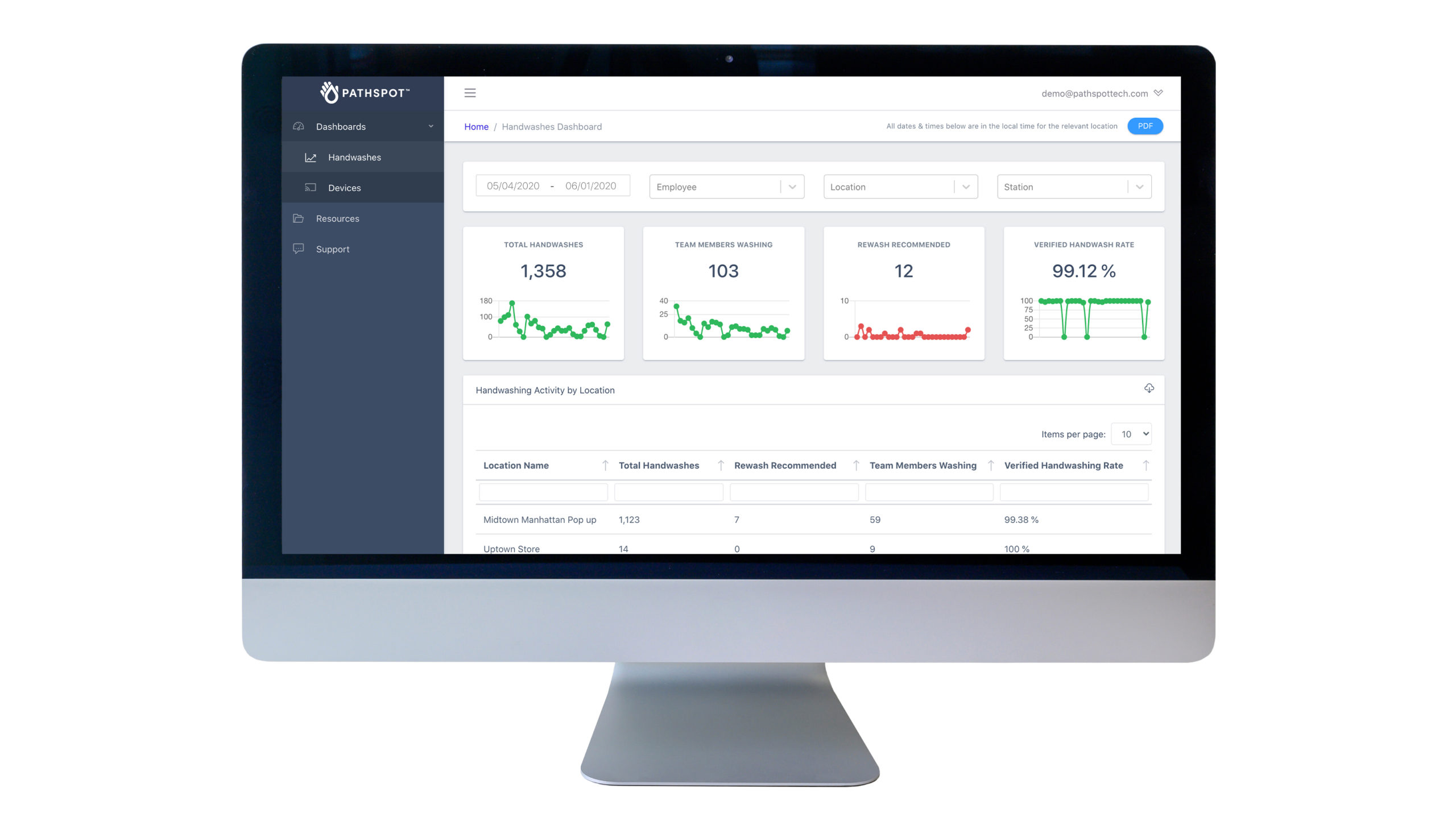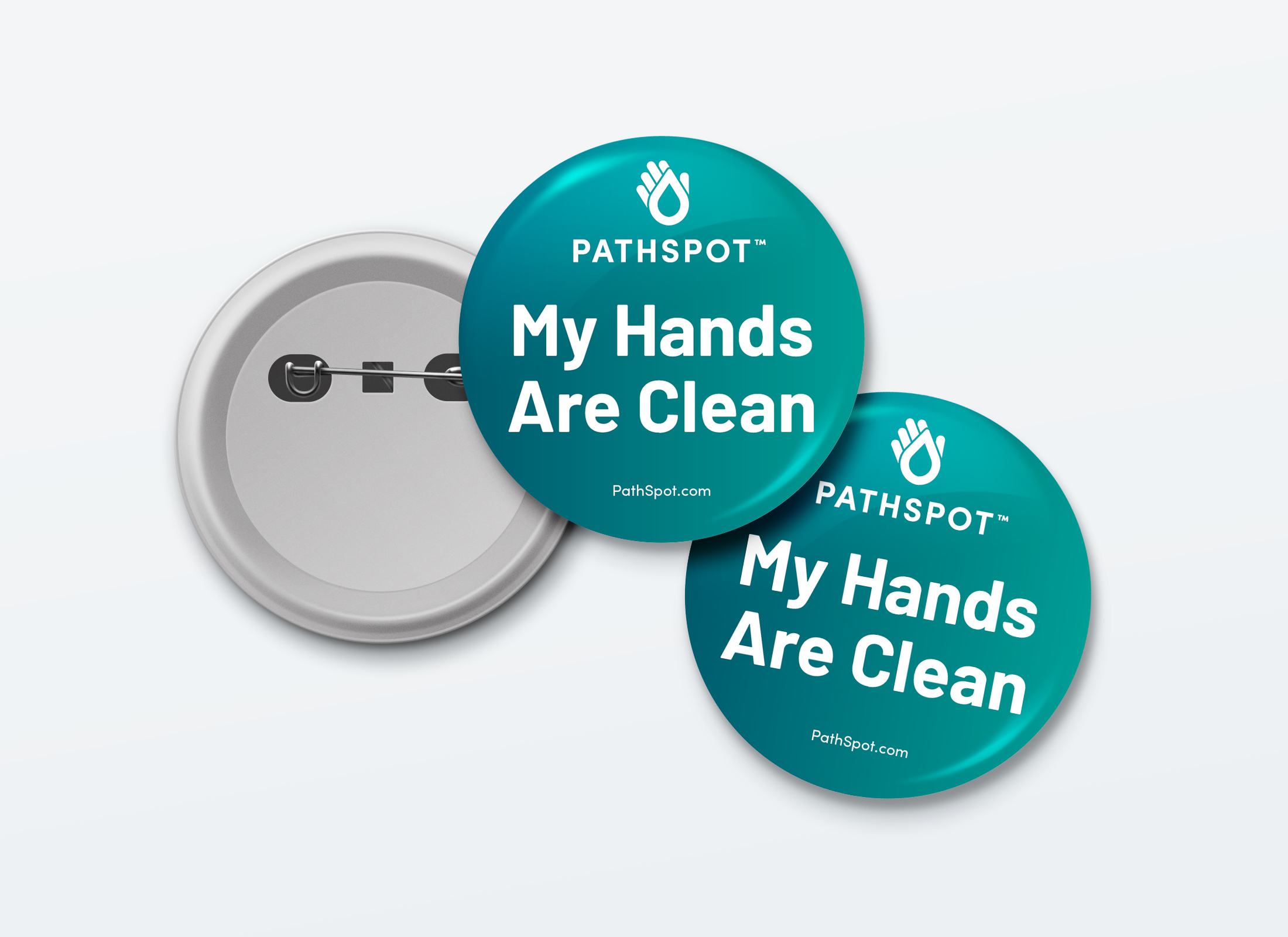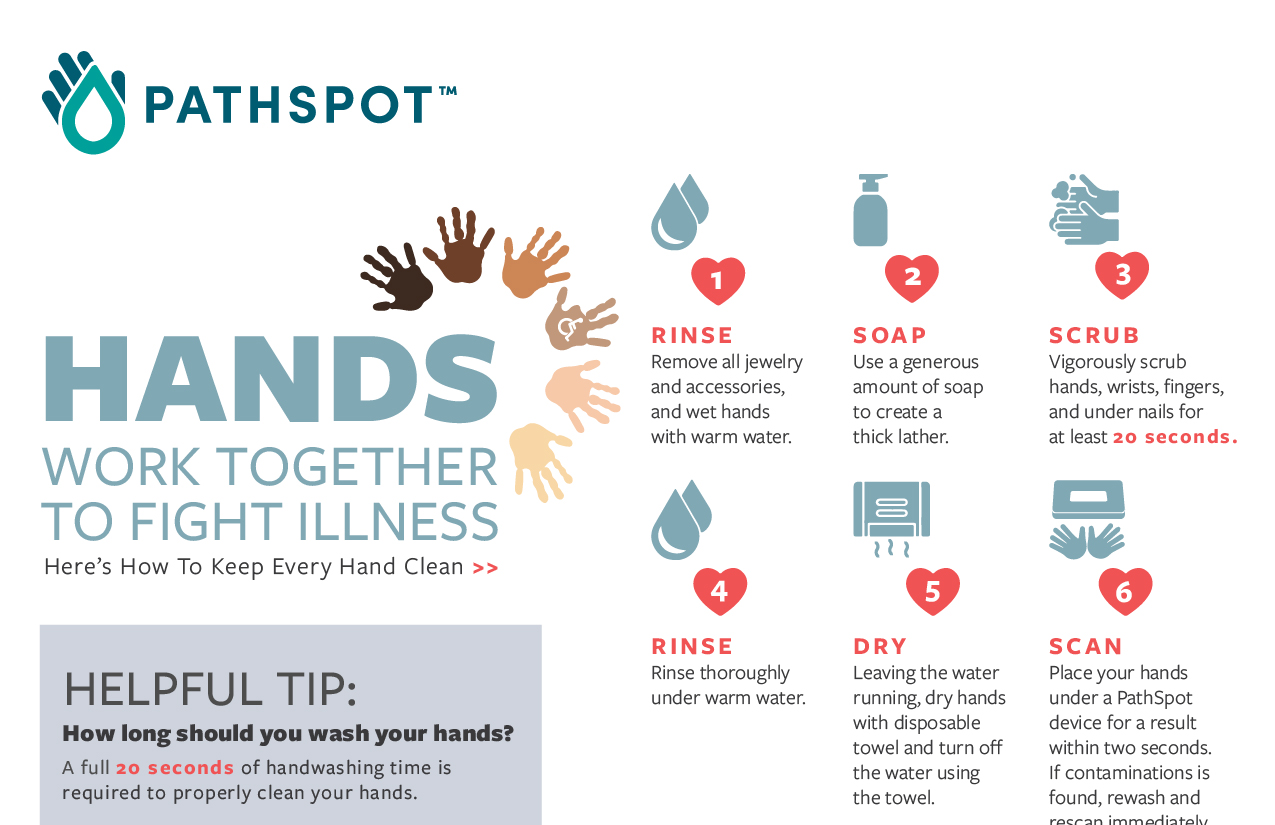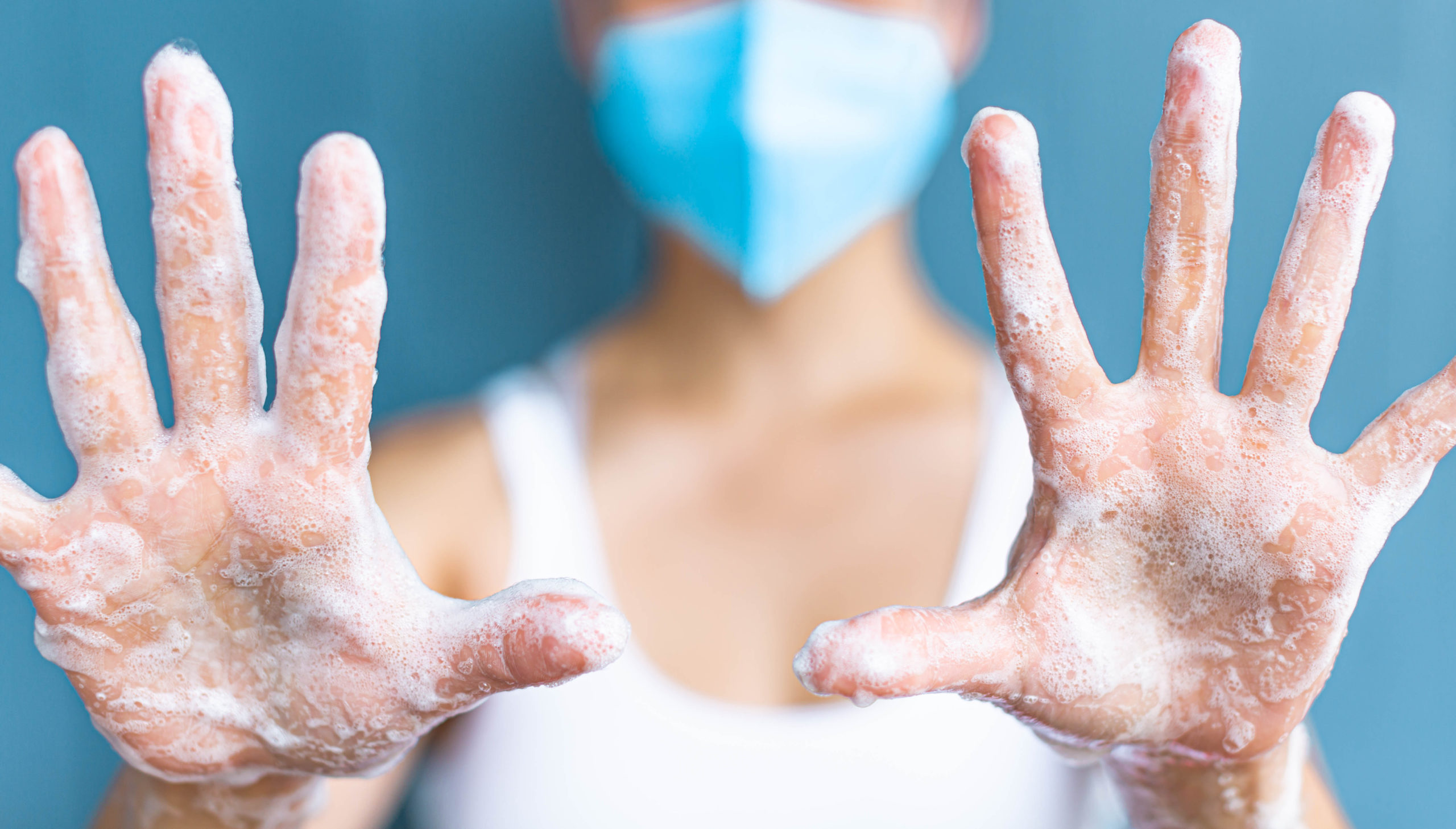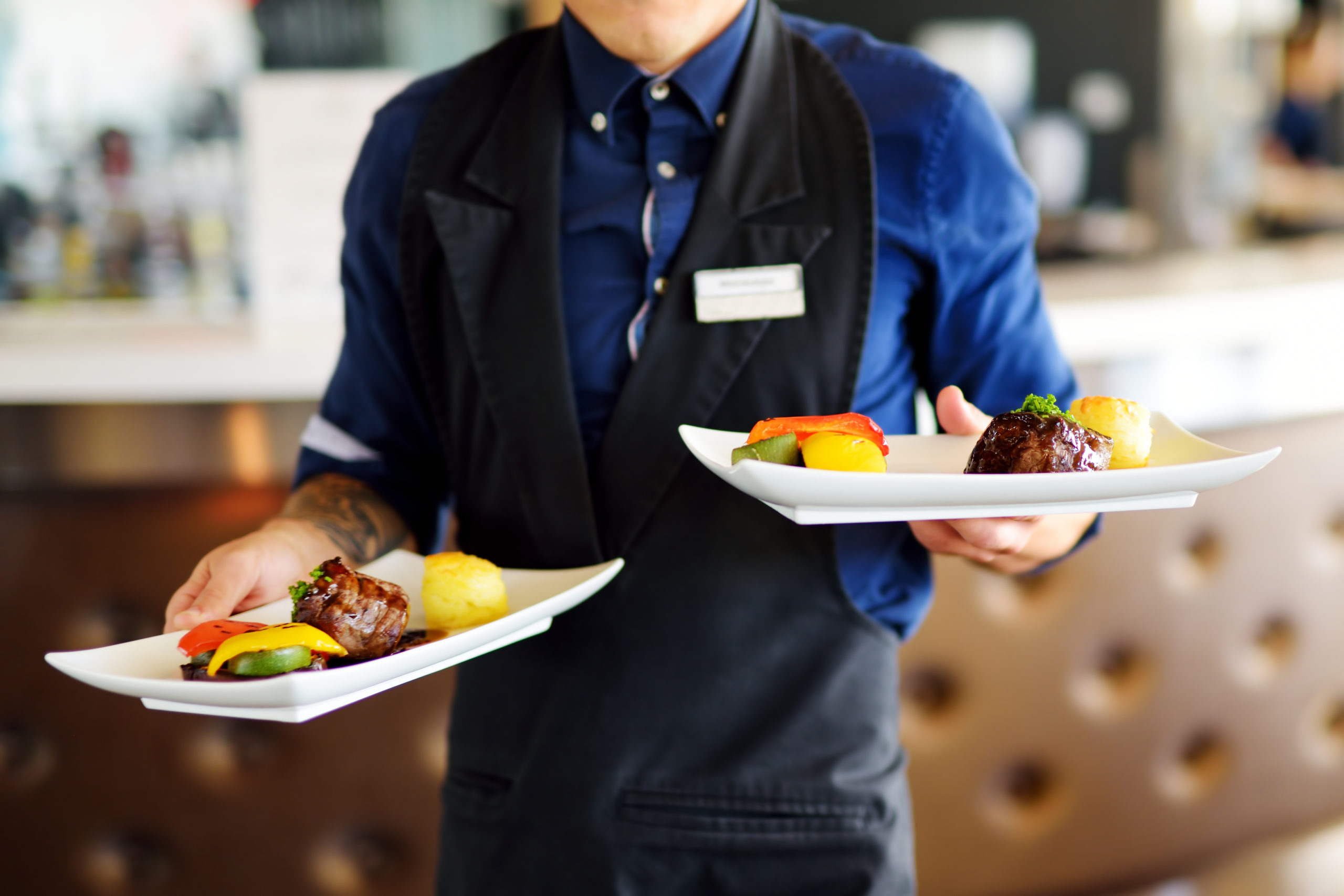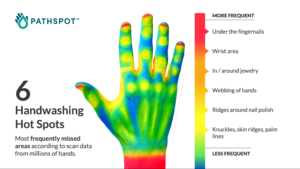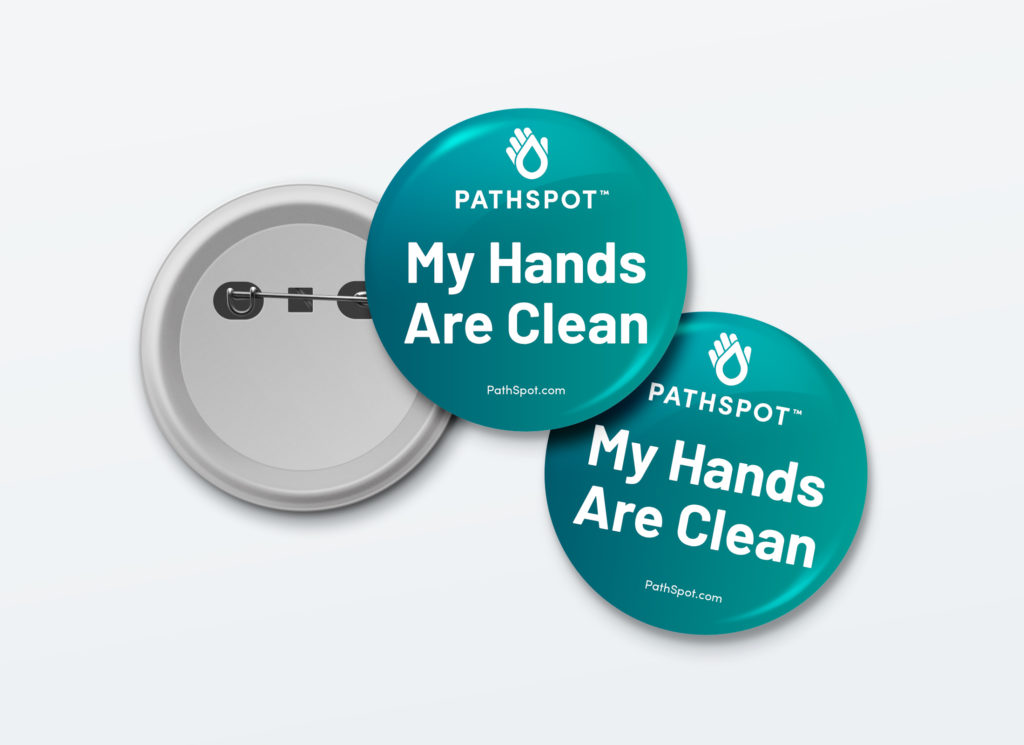Labeling plays a critical role in the food industry, encompassing retail, restaurants, and manufacturing plants. However, the manual labeling process can be tedious and prone to errors. Fortunately, digital labeling has emerged as a game-changing solution, revolutionizing the food labeling process with its innovative approach. By offering increased speed, accuracy, customization and cost saving, companies are now moving towards digital labeling in the food industry.
Companies are finding that efficient food label printing is essential to ensure proper product information, adherence to regulations, and ultimately, the safety of consumers.
With digital labeling, companies can have seamless integration with printers, users can experience a range of benefits that simplify the food label printing process and contribute to improved food safety.
How does seamless integration with printers and simplified food label printing through digital labeling improve food safety?
Enhanced Food Safety
Proper labeling and management of food products are crucial for ensuring consumer safety. Digital labeling plays a vital role in preventing illnesses associated with improperly labeled and managed food. By providing accurate and up-to-date information on labels, such as allergen declarations, ingredient lists, and nutritional facts, digitizing labeling helps consumers make informed choices and avoid potential health risks.
Time and Cost Savings
By automating the inclusion of timestamps and expiration dates, digital labeling saves valuable time and reduces the risk of manual errors. The system automatically generates accurate timestamps and expiration dates based on customizable parameters, eliminating the need for manual entry or labeling discrepancies. This saves time and prevents costly mistakes that may result in product recalls or regulatory non-compliance.
Custom Designs Made Easy
Digital labeling empowers users to configure custom label designs according to their specific requirements. Whether it’s incorporating brand logos, allergen warnings, nutritional information, or any other essential details, the system allows for easy customization. This feature ensures that each label meets your unique branding and information needs, providing a professional and cohesive appearance across your food products.
Furthermore, the integration of automatic timestamps and expiration dates assists in managing food freshness and reducing the risk of selling expired products. This proactive approach to food safety enhances your reputation as a responsible food provider and minimizes the likelihood of foodborne illnesses or legal issues.
With PathSpot new PowerLabels, you can seamlessly integrate with printers, simplify the food label printing process, configure custom designs, save time and costs with automatic timestamps and expiration dates, and improve food safety. Embrace this innovative solution and experience the benefits of streamlined food label printing in your operations today with PathSpot’s digital PowerLabels. Request a demo today to explore how digital PowerLabels can benefit your business.
PathSpot also offers a range of additional tools that further streamline operations, including PowerTemps, PowerTasks, and PathSpot’s SafetySuit Hub. By integrating these tools with our digital PowerLabels, you can establish a comprehensive digital solution that supports every aspect of your food business.
In conclusion, harnessing and leveraging the benefits of PathSpot.
To leverage the benefits of digital labeling, consider adopting PathSpot’s digital PowerLabels. With seamless printer integration, simplified printing processes, customizable designs, and automated timestamps and expiration dates, PathSpot offers a comprehensive solution to streamline your food label printing and enhance food safety in your operations.
Alongside PowerLabels, PathSpot provides a suite of additional tools, including PowerTemps, PowerTasks, and the SafetySuit Hub, to further optimize your operations. By integrating these tools with PowerLabels, you can establish a cohesive digital solution that supports every aspect of your food business.
Discover the power of digital labeling today by requesting a demo from PathSpot and witness the transformative impact on your food labeling process, efficiency, accuracy, and most importantly, food safety.

